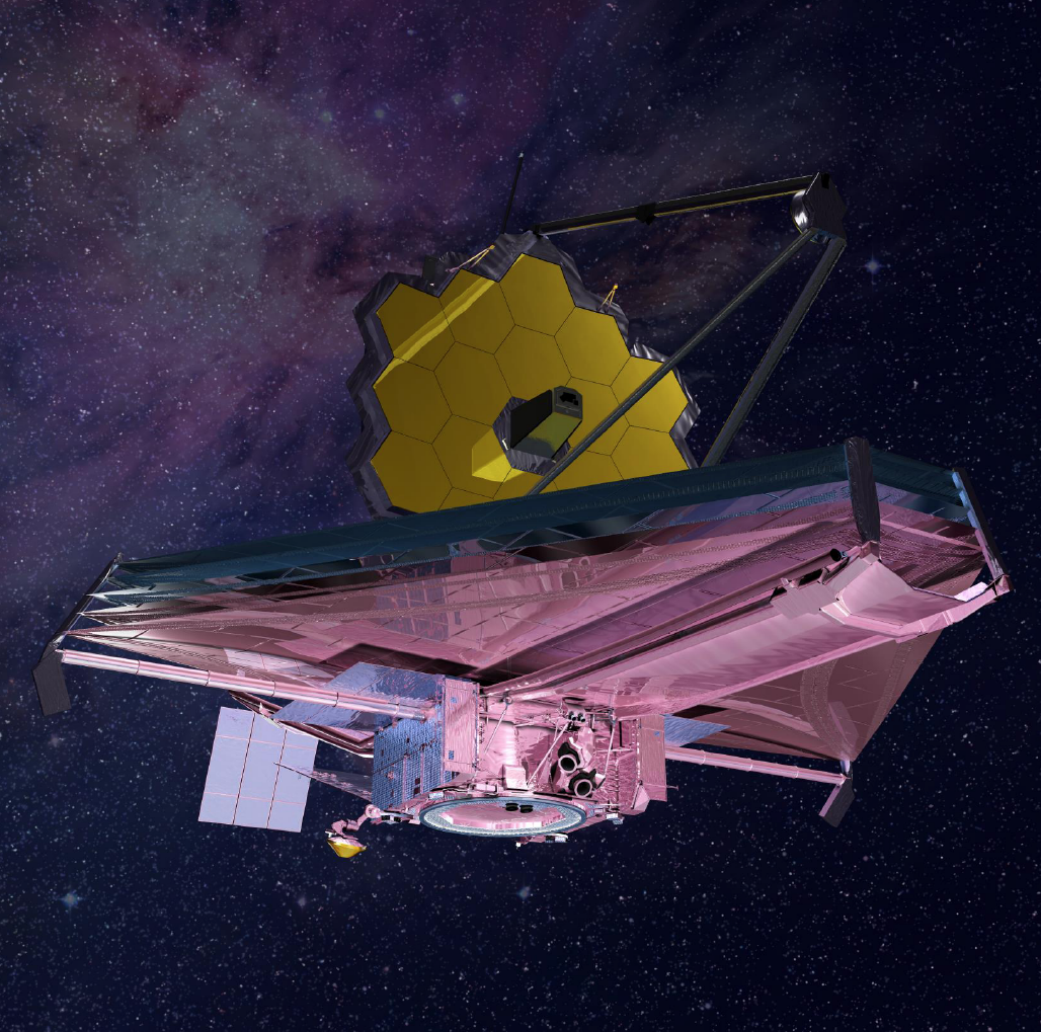Should be able to gather 70 times more light and produce images 10 times sharper than Hubble
Texas A&M, U. of Texas/Austin, the Carnegie Institution, Harvard, the Smithsonian, MIT, U. of Arizona and the University of Michigan are involved and plan to place the instrument atop the Andes in Chile by 2015.
BTW: Hubbles spectrograph failed a few days ago, starting a debate over if a Shuttle mission will be slated for repairs now that those needed include things a robotic mission cannot do. The previous problems could have been handled robotically, but not now.
Many argue, and the NASA adminstration is among them, that the Hubble has outlived its usefullness and isn't worth the risk of a manned mission to fixc it.
Their position is basically that the money could be better spent elsewhere now that several ground based interferometers will far exceed its imaging power.
Another reason is that the next-gen space telescope due to be launched in a few years will concentrate on the infrared spectrum, which is where most of the new interest is. This would allow imaging furtrher back in the history of the universe because light from then is now red-shifted into the infrared. Hubble cannot do this kind of imaging.
Dr. Mordrid
Texas A&M, U. of Texas/Austin, the Carnegie Institution, Harvard, the Smithsonian, MIT, U. of Arizona and the University of Michigan are involved and plan to place the instrument atop the Andes in Chile by 2015.
BTW: Hubbles spectrograph failed a few days ago, starting a debate over if a Shuttle mission will be slated for repairs now that those needed include things a robotic mission cannot do. The previous problems could have been handled robotically, but not now.
Many argue, and the NASA adminstration is among them, that the Hubble has outlived its usefullness and isn't worth the risk of a manned mission to fixc it.
Their position is basically that the money could be better spent elsewhere now that several ground based interferometers will far exceed its imaging power.
Another reason is that the next-gen space telescope due to be launched in a few years will concentrate on the infrared spectrum, which is where most of the new interest is. This would allow imaging furtrher back in the history of the universe because light from then is now red-shifted into the infrared. Hubble cannot do this kind of imaging.
Dr. Mordrid






Comment